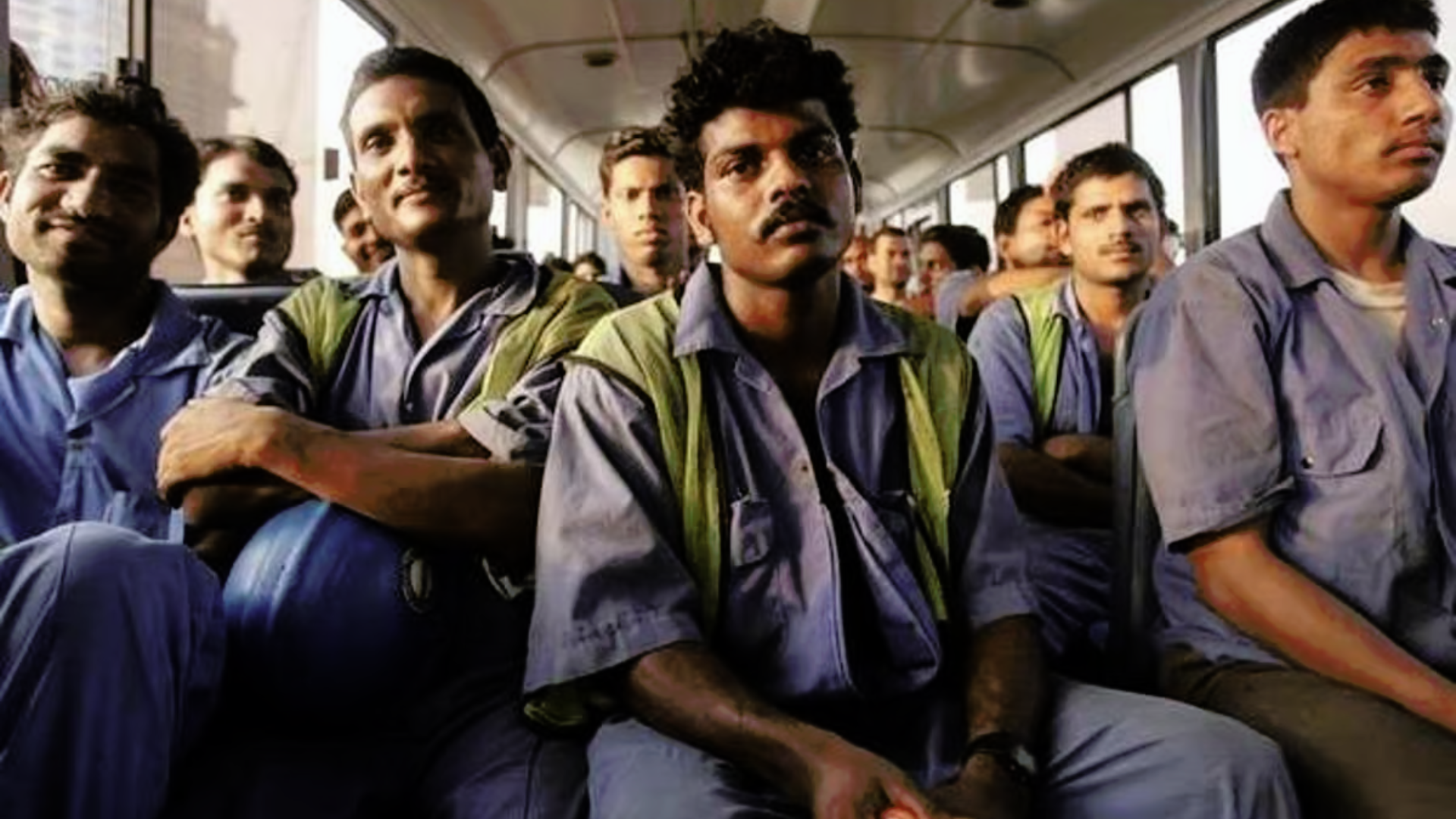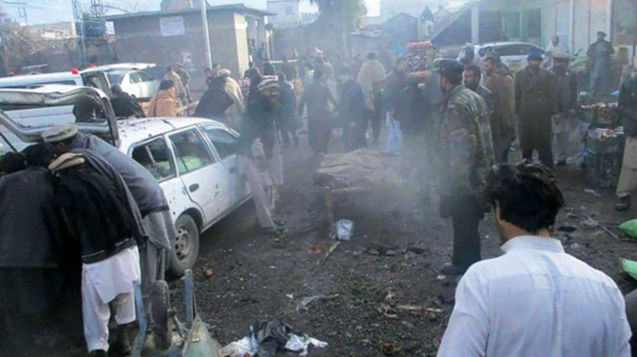On Wednesday, 40 Indian workers died in their sleep as their cramped house in Kuwait’s Mangaf caught fire. The blaze reportedly started in the kitchen of the seven-story building and killed 49 male workers residing there. As the news broke out, the Indian government took swift action, sending Minister of State for Foreign Ministry Kirti Vardhan Singh to meet with the six hospitalized nationals who escaped the situation. Simultaneously, the government of Kerala, from where at least 24 of the victims hailed, announced Rs 5 lakh compensation for each of the deceased families.
However, this incident has raised questions about the living conditions of Indian workers in Kuwait and other Middle Eastern countries.
Over 6,500 workers died in Qatar
According to research by The Guardian, more than 6,500 migrant workers from Southeast Asian countries—India, Pakistan, Nepal, Bangladesh, and Sri Lanka—lost their lives in Qatar in the decade ending in 2022. The total death toll is significantly higher, as these figures do not include deaths from several countries that send large numbers of workers to Qatar, including the Philippines and Kenya.
Meanwhile, a separate report stated that the Gulf Cooperation Council (GCC) countries experienced the highest number of migrant worker deaths in Saudi Arabia and the United Arab Emirates (UAE) during the pandemic years (2019-2021). According to The Hindu, in 2020 alone, 3,753 Indian labourers died in Saudi Arabia. This number dropped to 2,328 in subsequent years.
Since 2016, the six GCC countries (Bahrain, Kuwait, Oman, Qatar, Saudi Arabia, and UAE) have reported the deaths of more than 33,000 Indian workers.
But why the Middle East?
Emigration from India to the GCC states (Bahrain, Kuwait, Oman, Qatar, Saudi Arabia, and the United Arab Emirates) is not a new phenomenon. It has increased remarkably since the 1970s due to the oil boom in the region. The presence of Indian labourers in the Middle East dates back to 1935 when BAPCO (Bahrain Petroleum Company) imported labour from India. While there are often reports of exploitation of Indians in these countries, labourers are largely driven by the success stories of their neighbours who have worked there.







